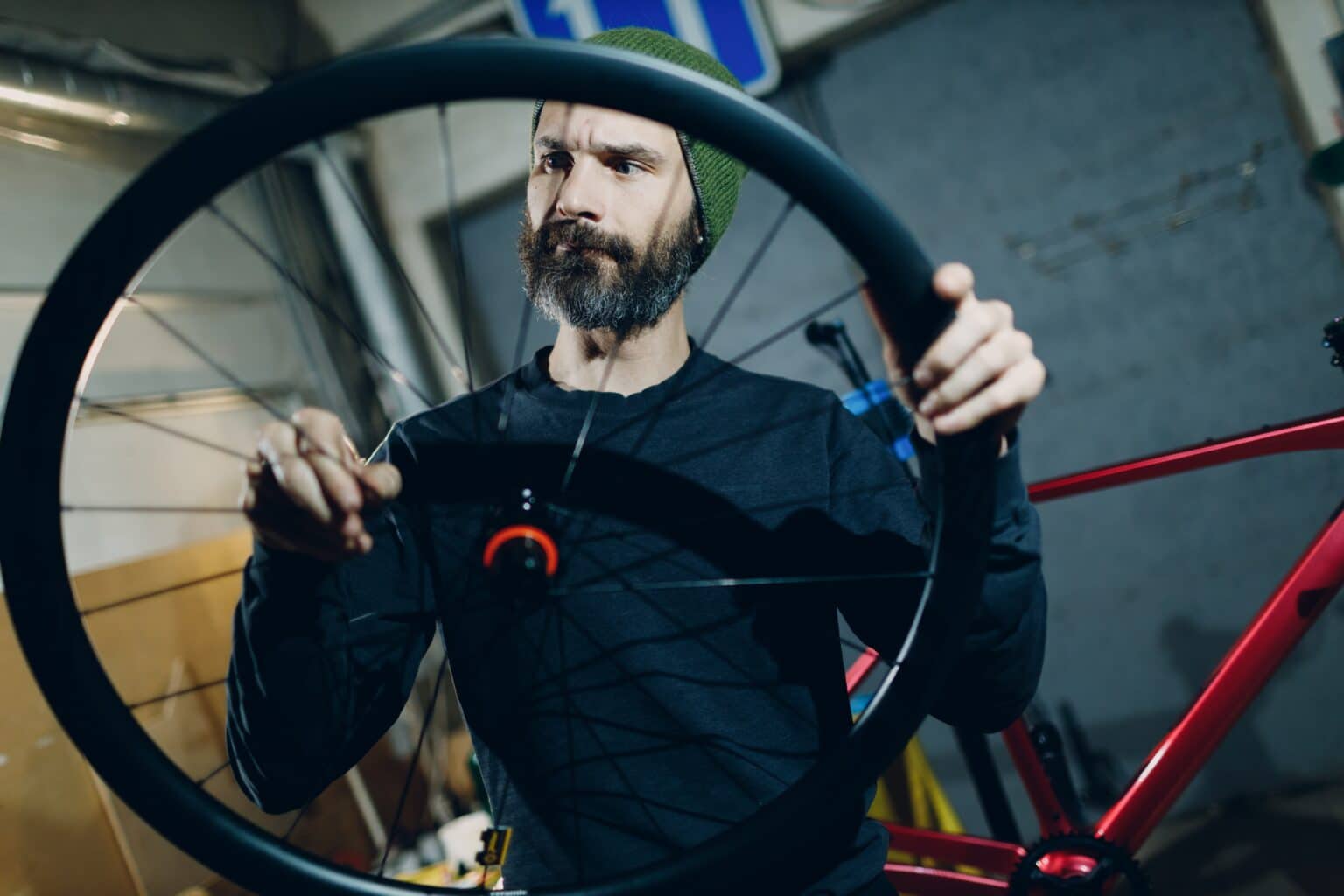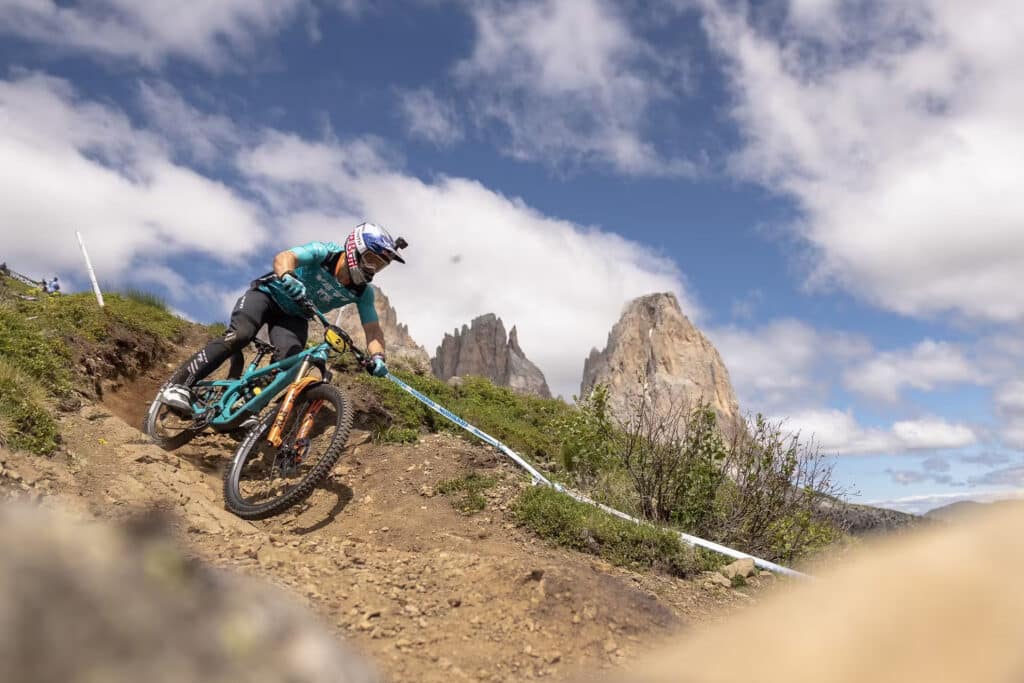If you’re looking to make a single upgrade that delivers the most noticeable improvement to your experience, look no further than your wheels. A mountain bike wheel upgrade is widely regarded as the best mountain bike upgrade you can invest in, and it’s not just about weight or durability. It’s about transforming how your bike feels on every climb, corner, and descent.
Your mountain bike wheelset determines how fast you accelerate, how confidently you corner, and how efficiently you climb. It affects your traction, stability, and overall ride quality. Whether you’re tackling technical descents or pushing yourself to the limit on a tough uphill, the right wheelset can give you the edge you need.
Let’s break down the key factors to consider when choosing a new mountain bike wheelset and why this upgrade matters more than any other component change.
Rim Material: Carbon vs. Alloy
The first question most riders ask is: carbon or alloy? The answer depends on your riding style and budget, but one thing is clear—both options can offer a dramatic improvement over the stock wheelset.
Carbon Rims: Maximum Performance
Light, stiff, and incredibly responsive, carbon rims are all about performance. They accelerate faster, maintain speed with less effort, and hold a line through corners like nothing else. This translates to faster climbs, more precise handling, and a noticeable boost in overall speed.
Although carbon rims cost more, the investment pays off in performance gains. If you’re an aggressive rider who wants the best, carbon is the way to go.
Alloy Rims: Reliable and Affordable
Don’t sleep on upgraded alloy rims— they can still provide a significant upgrade at a more accessible price point. Alloy mountain bike wheels are more forgiving on rough trails and easier to repair if damaged. They might not be as light as carbon, but they’re reliable and provide solid performance at a lower cost.
For riders who push hard but don’t want to break the bank, alloy rims deliver a great balance of durability, performance, and price.
Mountain Bike Rim Comparison: Carbon vs. Alloy
| Feature | Carbon Rims | Alloy Rims |
|---|---|---|
| Weight | Ultra-light; reduces rotational weight | Heavier but still can be a significant upgrade |
| Stiffness | Superior stiffness for aggressive, responsive riding | More forgiving on rough terrain |
| Durability | Modern designs are extremely durable | Proven long-term reliability |
| Price | Premium investment for peak performance | Budget-friendly with the tradeoff of weight and stiffness |
Improving Hub Engagement for Instant Power Transfer
Hub engagement determines how quickly your rear wheel responds when you pedal. A hub with fast engagement feels snappier and more responsive, giving you better control in technical sections and faster power transfer when you need it most.
If you ride steep climbs, navigate rocky gardens, or just like the feel of instant acceleration, upgrading to high-engagement hubs makes all the difference. It gives you the confidence to attack technical terrain and the power to clear challenging climbs.
Size Matters: Rim Width & Tire Size
Narrow Rims
Paired with: 2.0” to 2.3” tires
Why upgrade: Faster acceleration and a lighter setup for climbing
Mid-Width Rims
Paired with: 2.3” to 2.5” tires
Why upgrade: Balanced performance—improved traction without excessive weight
Wide Rims
Paired with: 2.5" and above tires
Why upgrade: Maximum traction and stability for aggressive riding
The Importance of Spoke Count
Spoke count impacts the strength, stiffness, and weight of your wheelset, and finding the right balance can boost your confidence on the trails.
- 24 spokes: Lightweight and ideal for XC racing
- 28 spokes: Balanced for trail and all-mountain use
- 32 spokes: Durable and reliable, perfect for enduro riders
- 36 spokes: Maximum strength for downhill racing.
The right spoke count depends on your riding style and terrain. A higher spoke count is worth the added weight if you’re constantly tackling rough trails or hitting big drops. If you prioritize speed and agility, fewer spokes mean a lighter, more responsive ride.

Tubeless or Tubed?
Upgrading to a tubeless setup is one of the simplest ways to enhance your ride. It allows you to run lower tire pressures, increasing traction and reducing the risk of pinch flats. Plus, it shaves off rotating weight, making your wheels feel lighter and more responsive.
While tubeless requires a bit more maintenance (like adding sealant), the performance gains are well worth it—especially for trail and enduro riders who demand maximum grip and durability.
The Impact of a Mountain Bike Wheel Upgrade
Upgrading your wheelset isn’t just about performance; it’s about improving your entire ride experience. Better wheels make your bike feel more responsive, more stable, and ultimately more fun to ride.
Think of it this way: you can upgrade your suspension, drivetrain, or cockpit, but no single change affects your ride more than a high-quality wheelset. It’s the one upgrade that touches every aspect of your ride—acceleration, braking, handling, and overall speed.
Upgrade Your Wheels at Base Camp Cyclery
If you’re looking for the best mountain bike upgrade, the answer is your wheels. Visit our bike shop in Denver’s Platt Park neighborhood to chat with one of our seasoned veterans about how a mountain bike wheel upgrade can take your riding to new heights.
Want something that you can’t find anywhere else? Something customized to your exact specifications? No problem. At Base Camp Cyclery, we have an expert wheel builder with over 30 years of wheel-building experience who will create a custom set of shoes for your trusty steed.

